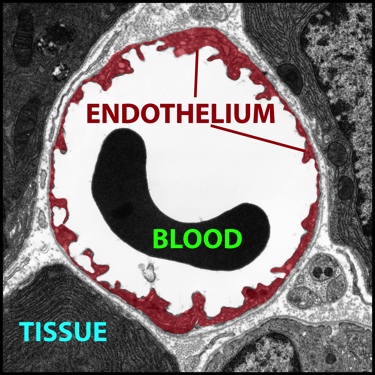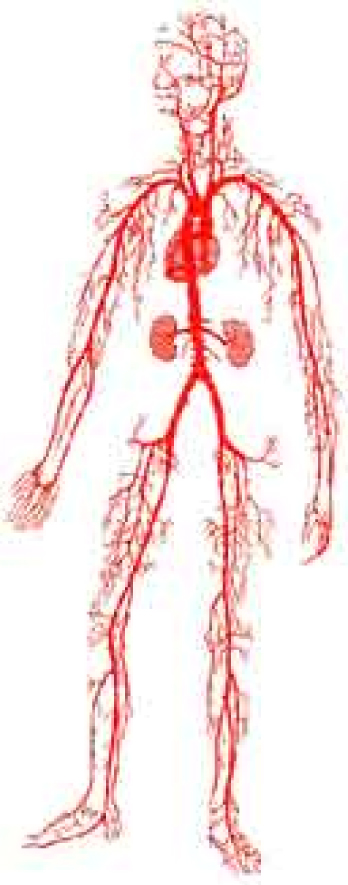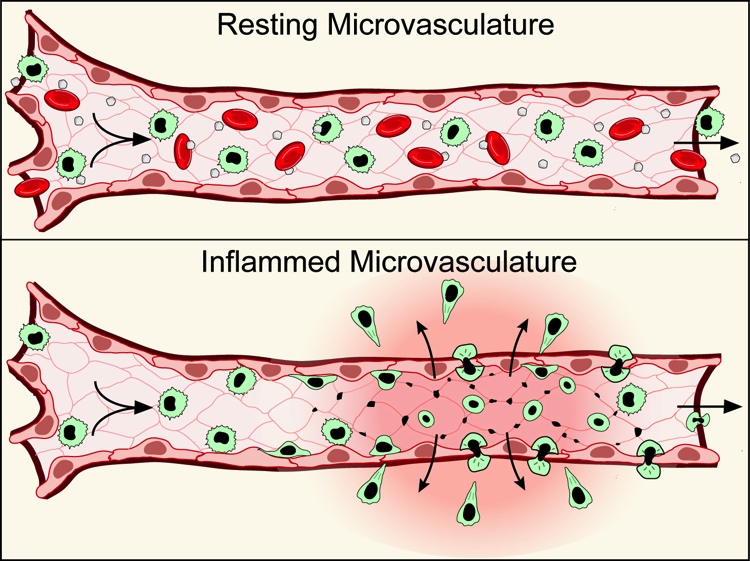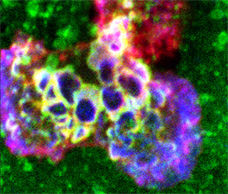Research Overview & Methodology


The vascular endothelium represents the critical interface between the blood circulation and the tissues. The microvasculature is interdigitated throughout all of the recesses of the body where it serves as an extremely tenuous yet robust barrier (right). During inflammation immune cells (blood leukocytes) interact with the endothelium and breach this barrier to enter the tissues (below). Additionally, soluble mediators of inflammation can directly induce intercellular gaps and increased leakiness of the endothelium to blood plasma. While these processes are required for healthy protective and homeostatic inflammatory responses, their dys-regulation is at the heart of broad ranging immune and inflammatory diseases.

Our work makes extensive use of advanced fluorescence imaging, electron microscopy and biomechanical techniques to understand the fundamental basis and consequences of these interactions and how they may become perturbed during inflammatory and immune-related disease.
| Carman CV. 2009 | J Cell Sci 122; 3025-3035 | Mechanisms for Trans-cellular Diapedesis: Probing and Pathfinding by 'invadosome-like protrusions' |
| Sage PT, Carman CV. 2009 | Front Biosc 14; 5066-5083 | Settings and Mechanisms for Trans-cellular Diapedesis |
| Carman CV, Springer TA. 2008 | Curr Opin Cell Biol | Trans-cellular migration: cell-cell contacts get intimate |
| Methods Mol Biol 757; 159-189 | High-resolution fluorescence microscopy to study transendothelial migration. |
| Methods Mol Biol 757; 215-245 | Overview: imaging in the study of integrins. |



